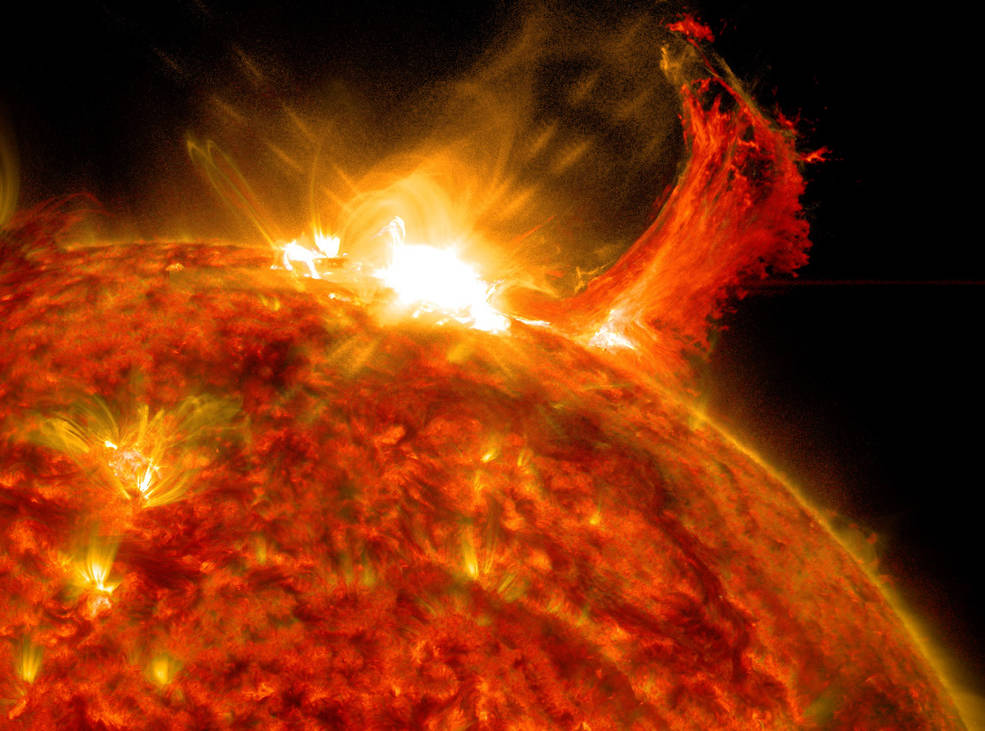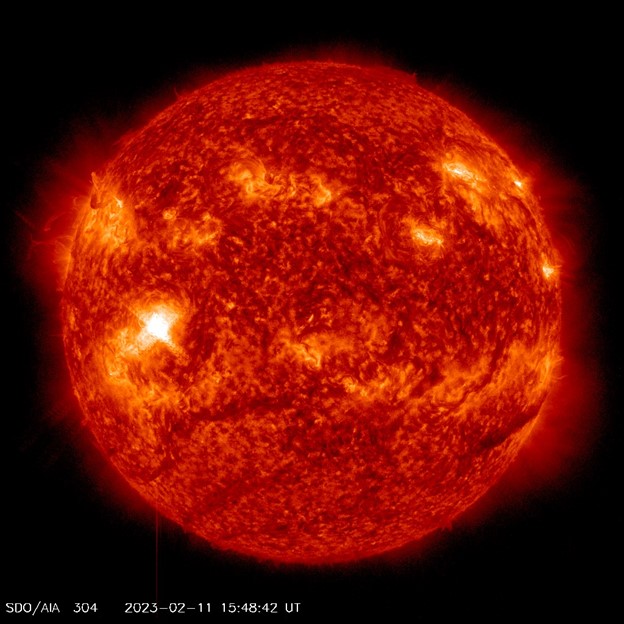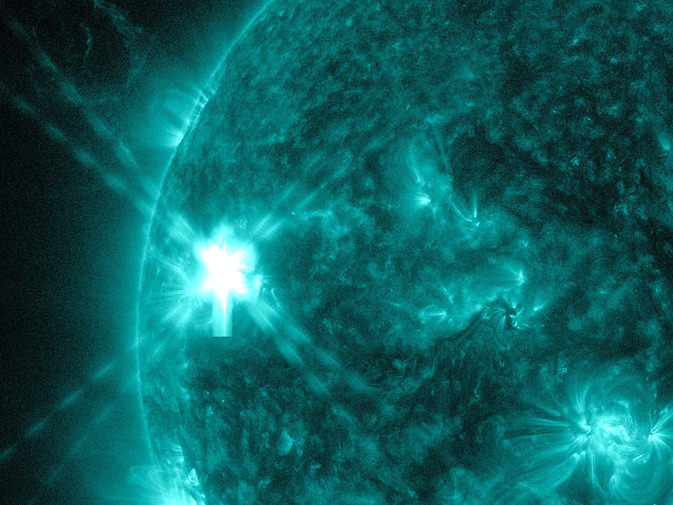Planet Earth is in for some amazing geomagnetic storms in the next year or so. That’s because it’s in a period of peak activity called “solar maximum” (solar max, for short). But, what happens at other planets, especially Mars, during this time? Mars mission scientists got a sneak peek at the effect of a major solar storm thanks to one hitting the Red Planet on May 20th, 2024.
Continue reading “A Recent Solar Storm Even Had an Impact on Mars”A Recent Solar Storm Even Had an Impact on Mars










